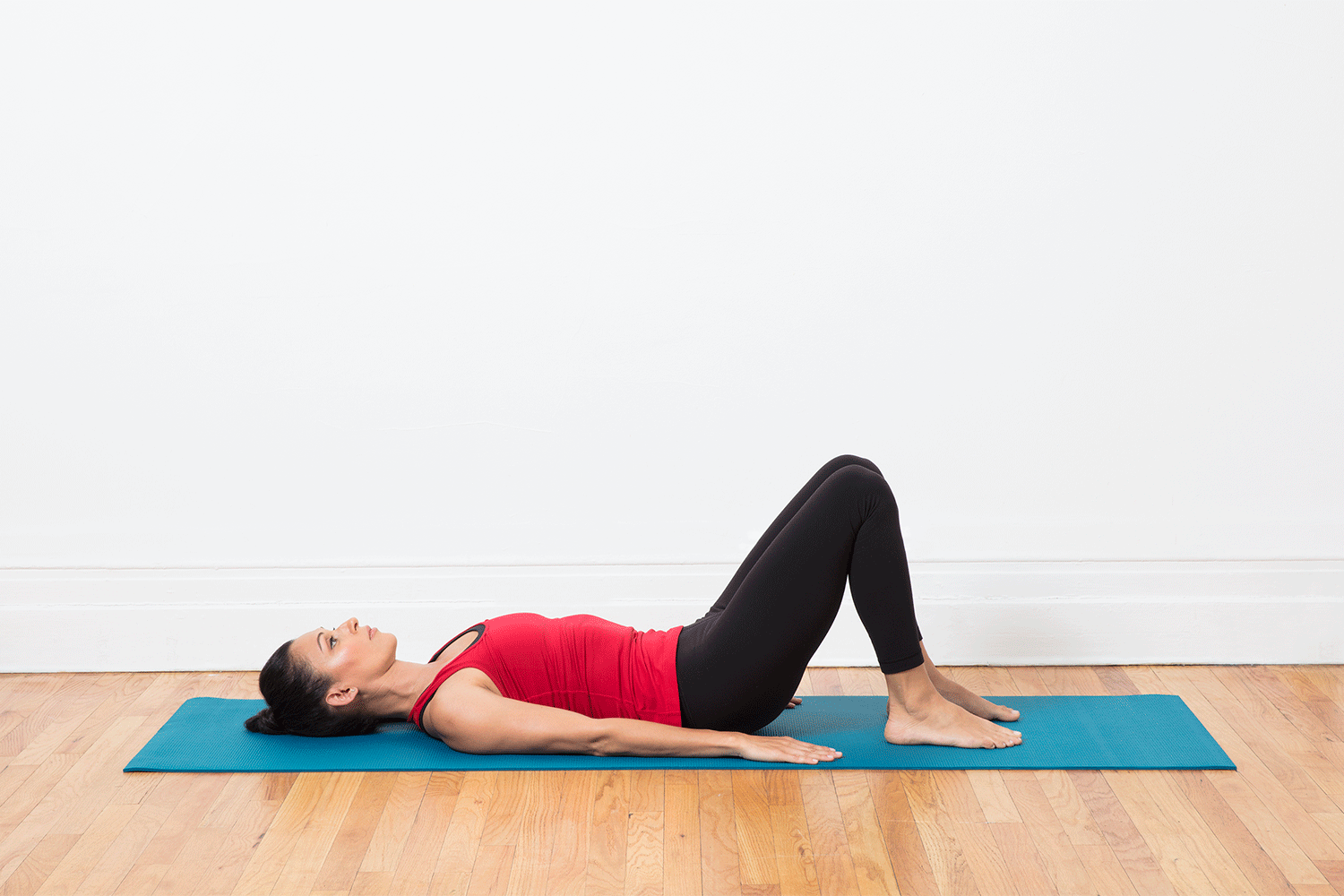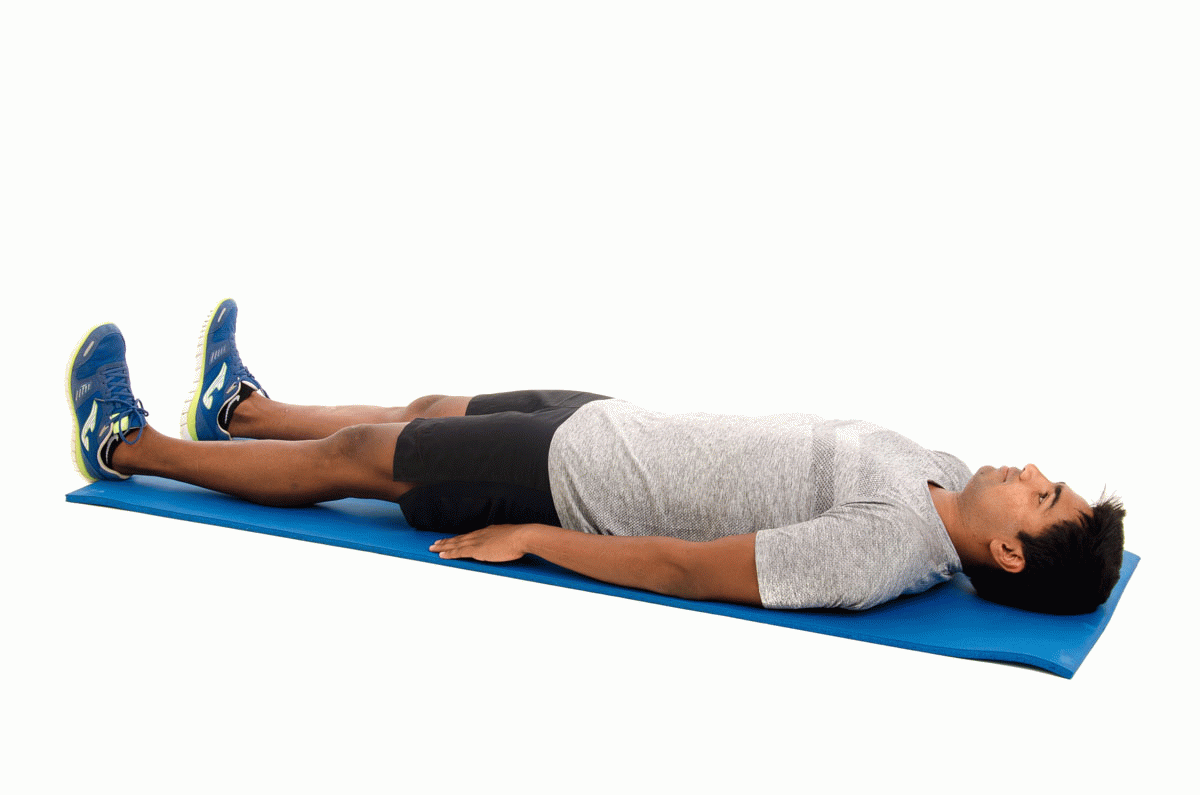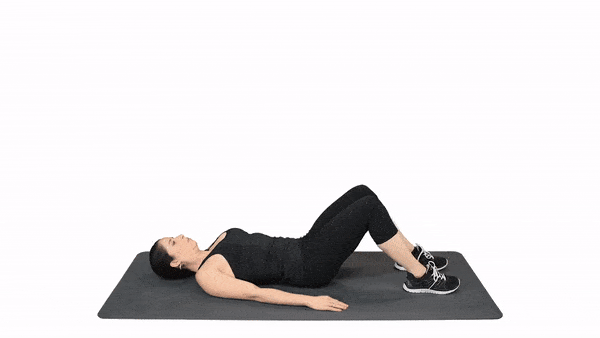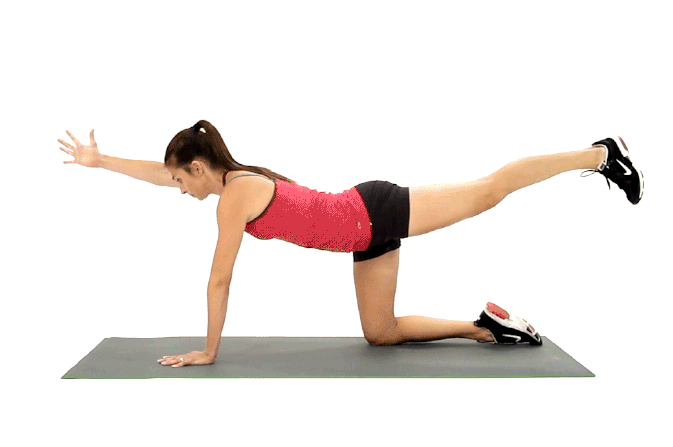Sciatica Exercises: 4 Stretches for Sciatica Pain
تمرینات سیاتیک ممکن است به شما در کاهش درد عصب سیاتیک در ناحیه کمر و ساق کمک کند. هر کدام از این تمرینات سبک شامل دستورالعملهای مکتوب است که به شما کمک میکند تا برنامه تمرینی خانگی سیاتیک خود را بهبود بخشید.
What Exercises Help Reduce Sciatic Nerve Pain?
There are four sciatica exercises your spine specialist may recommend to help you reduce sciatic nerve pain caused by degenerative disc disease: pelvic tilt, knee to chest, lower trunk rotations, and all fours opposite arm and leg extensions. Each low-impact exercise includes written instructions to help you fine-tune your sciatica home exercise program.
Pelvic Tilt
Purpose: To strengthen the lower abdominal muscles and stretch the low back.
How to perform a pelvic tilt:
- Lie on your back.
- Exhale and tighten your abdominal muscles while pushing your belly button toward the floor and flatten your lower back.
- Hold the position for 5 seconds.
- Repeat the pelvic tilt 10 times holding the position for 5 seconds each time.
How can I tell if I’m doing the pelvic tilt right?
- Place your pinky finger on your hip bone and thumb on your lowest rib (same side of your body).
- As you tighten your abdominal muscles, the amount of space between your pinky finger and thumb should get smaller.

Knee to Chest
Purpose: To help reduce nerve compression in your low back, which may help alleviate lower back pain.
- Lie on your back.
- Starting with either your left or right knee and use your hands to gently pull the bent knee toward your chest.
- Hold for 10 seconds.
- Repeat the movement with the opposite knee.
- Perform the movement 3 to 5 times holding the position for 10 seconds each time.
- Next, use your hands to gently pull both knees toward your chest.
- Hold for 10 seconds.
- Repeat the movement with both knees 3 to 5 times holding the position for 10 second each time.

Lower Trunk Rotations
Purpose: To increase your spine’s mobility and flexibility.
- Lie on your back with both knees bent upright and both feet flat on the floor (called the hook lying position).
- While holding both knees together, rotate your knees to one side and hold for 3 to 5 seconds. You will feel a gentle stretching sensation in the opposite side of your lower back and hip area.
- Next, contract your abdominal muscles and rotate both knees to the opposite side and hold for 3 to 5 seconds.
- Repeat up to 10 times on each side.

All Fours Opposite Arm and Leg Extensions
.
Purpose: To strengthen your abdominal muscles, low back and stabilize those areas.
- Begin by positioning yourself on all fours.
- Contract your abdominal muscles to help keep your back flat and straight.
- Raise one leg upward behind you and straighten in outward.
- Hold for 3 to 5 seconds.
- Repeat the movement on your opposite side.
When you can perform this exercise 10 times with tolerable pain, you can add arm movement with each leg extension:
- Extend the arm (opposite side from the leg) upward and outward in front of your body.
- Hold for 3 to 5 seconds.
- Repeat on the opposite side.
- Perform this exercise up to 10 times.
Furthermore, exercise causes your body to release endorphins
hormones that interact with pain receptors in the brain that can reduce perception of pain.

Can Exercising With Sciatica Hurt Me?
We urge you not to perform any of these exercises without obtaining your doctor’s advice first. Whatever your level of fitness, remember that even the best trained professional athletes exercise under the guidance of their doctor, physical therapist, or other healthcare expert.
There are different disorders related to degenerative disc disease that can cause sciatic nerve compression and sciatica. Obtaining an accurate diagnosis—what is the exact cause of your sciatic pain?—is an essential answer needed before considering any exercise program.
ویدئو تکمیلی تمرینات کاهش درد عصب سیاتیک
Keep your expectations about resolving sciatica reasonable. Be gentle with your spine, don’t push yourself hard while doing the exercises to avoid exacerbating your sciatic pain or creating a new injury. If exercise increases your pain and/or causes nerve-related symptoms such as weakness, tingling sensations or numbness, stop and contact your doctor immediately.



